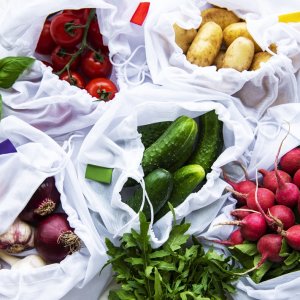
How New Label Standard is Changing Products
 By Jan Hogewoning | Journalist and Industry Analyst -
Tue, 10/13/2020 - 17:15
By Jan Hogewoning | Journalist and Industry Analyst -
Tue, 10/13/2020 - 17:15
On Oct. 1, the modifications to NOM 051 governing warning labels regarding high sugars, calories, sodium and fat content came into force. An investigation published today by El Financiero indicated that multiple food and beverage companies had already began to reformulate the composition of ingredients in their products. Two weeks ago, MBN wrote that over 50 companies had filed lawsuits against the norm and that these would not be expected to be resolved until 2024. However, these ongoing product changes, which have to do with general consumer habits as well, demonstrate that companies are indeed concerned about the impact of these new labels and expect them to become the new normality.
In the El Financiero report, the following information is provided:
- On average, companies have made changes to 56 percent of their products. This includes companies like Bimbo, Pepsico, Lala, Kellogg’s, Coca-Cola and PepsiCo.
- Bimbo is the company with the highest percentage of reformulation. In its annual sustainability report, 82 percent of its daily consumer products had been subject to innovation efforts to reduce sugars, sodium and fats, while adding more nutritional value.
- Pepsi’s reformulation has touched 70 percent of its products. Coca-Cola has stated it made improvements in 60 percent of products. Arca Continental, a manufacturer and bottler of soft drinks owned or licensed by Coca-Cola that is based in Monterrey, made changes in 40 percent of its portfolio.
- Both Nestlé and Kellogg’s report changes and improvements to 40 percent of their products.
- Lala, the Mexican dairy giant, has stated it managed to convert 35 percent of the products in its portfolio. It claims these products will not be affected by the new labeling, while continuing to reduce sugars and sodium.
- Regarding chocolates, the National Association of Chocolate, Sweets and Similar Manufacturers (Aschoco) has estimated that 30 percent of the products in the country are already reformulated with more cocoa and combinations with fruits like blueberries and either no sugar or less sugar.
The impact of the formulations can be significant. In the same report, Ayda Fayad, Director General of the nutrition clinic Nutri-Center, states that the taste will change as sodium and sugar are restricted. The challenge for companies is to maintain or reinvent the flavor profiles that make the products appetizing for consumers.
While the new labeling standard is without a doubt accelerating changes, many products have been undergoing transformation for years. In the case of chocolate, the reports cite the president of Aschoco, Alicia Páramo, stating that in an effort to cater to more health-conscious consumers, chocolate with cereals, fruits, raisins, walnuts, almonds, blueberries or amaranth have become more common. Specifically, it is mentioned that 30 to 40 percent of chocolate has already been reformulated. An example of sugar-free chocolate in Mexico is Mars Wrigley’s Turin sin Azúcar and Nestlé’s Carlos V.
Lastly, the reports also cites an analyst at BX+, Marisol Huerta, who says that the pandemic has driven people to be healthier. Companies are looking ahead, 10 to 15 years in the future, anticipating more demand for healthier choices.















